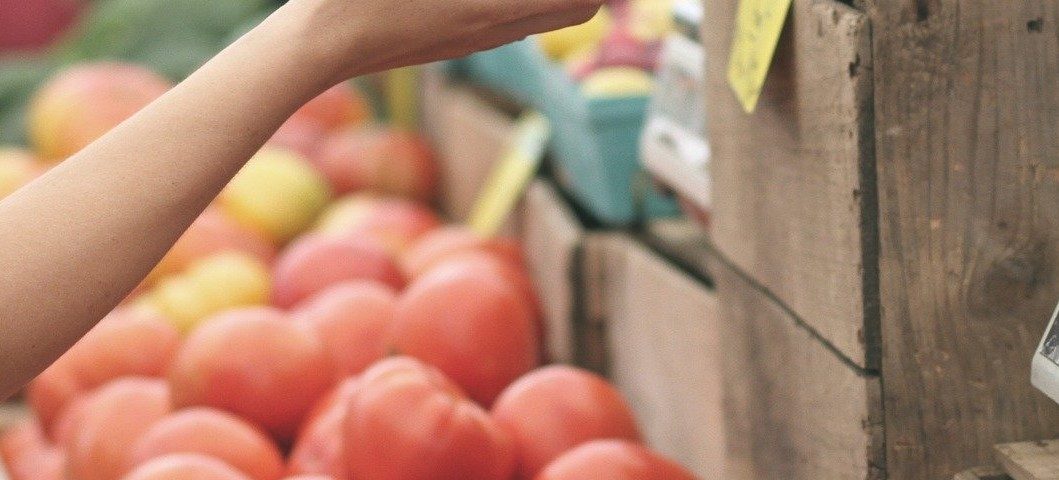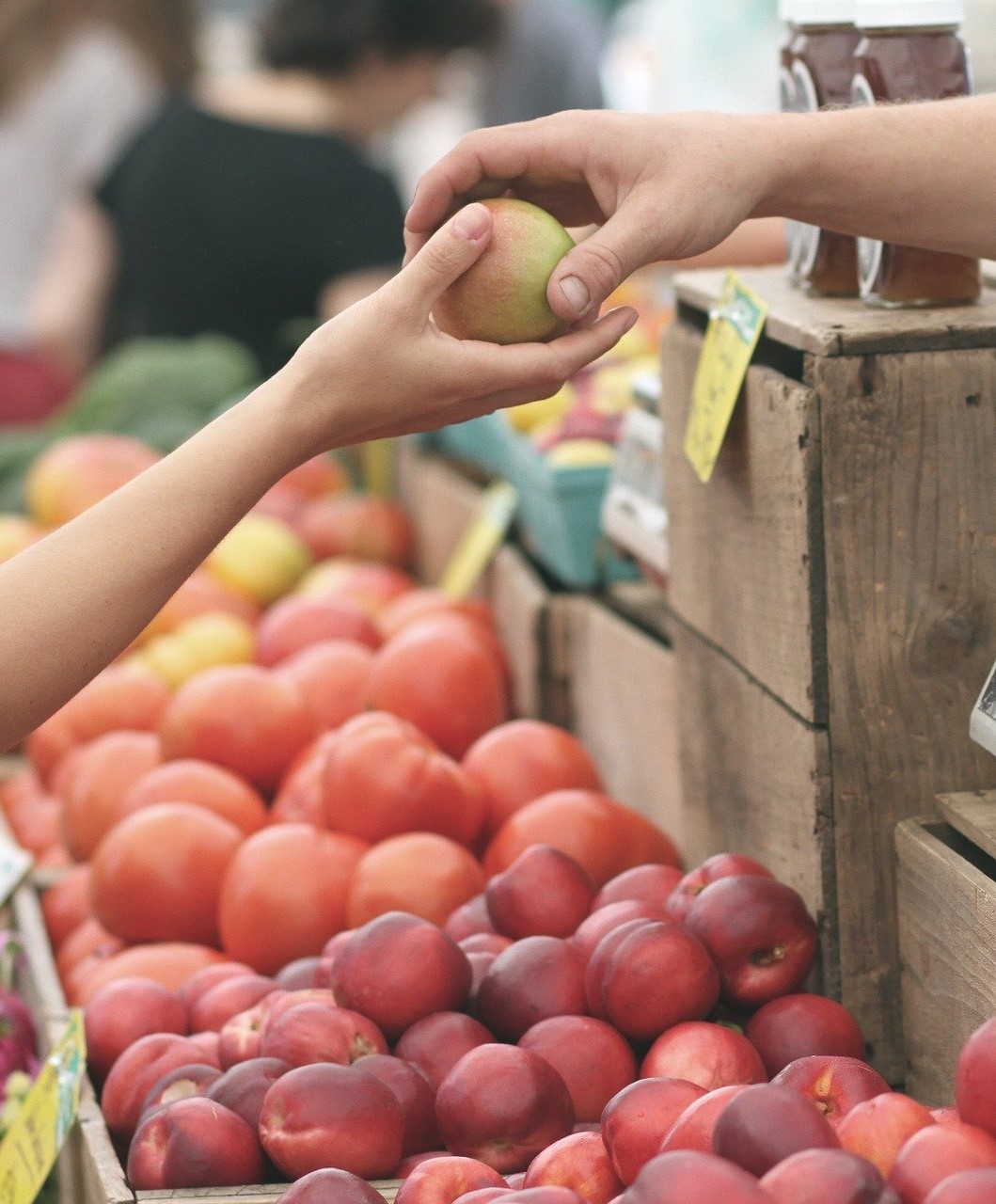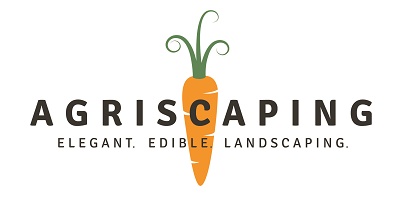Hyperlocal Food: A Simple Solution To A Bigger Problem

Hyperlocal Food: A Simple Solution To A Bigger Problem
*By Shaun Mayfield
For the past several decades we have had a growing global food shift that is a direct threat to our sustainability that should cause us all to rethink our part in the local and even hyperlocal food movement. There was a time when the types of food items shipped around the world were tropical in nature like tea, coffee, sugar, bananas, and the like. Today all the typical home gardens and small farm fruits & vegetables are on the list of global food being shipped around the world. As a matter of fact, the average distance that food travels (also called ‘food miles’) is 1,500 miles compared to 100 miles only 70 years ago. Because our food has globalized, there are summer veggies all year long. Retailers are sourcing their food from wherever is cheapest. Profit is the chief decision-maker, not our health.
This growing food globalization threat may not be fully realized until something big goes wrong. The dependency on global food ultimately means a dependency on fuel & oil that is highly politicized which can have a negative domino effect. In the past two decades I have watched, as many of you have, fuel costs surged in parts of the country and almost ground trucking to a halt - more than once. This left grocery stores with only a 4-day food supply. Perhaps these events are nothing more than sound reasoning for us to begin transitioning our mindsets to local food solutions, and even smaller to hyper-local food farm-to-table solutions.
So what’s the difference between local and hyper-local food? The U.S. Congress adopted a definition of ‘Local Food’ in their 2008 Food, Conservation, and Energy Act as follows:
The term 'locally or regionally produced agricultural food product' means any agricultural food product that is raised, produced and distributed in--
(I) the locality or region in which the final product is marketed so that the total distance that the product is transported is less than 400 miles from the origin of the product; or;
(II) the State in which the product is produced.
Food, Conservation, and Energy Act of 2008,
Pub. L. 110-246, 122 Stat. 1929
Hyperlocal food takes on an even smaller mindset. The distance of hyperlocal food automatically challenges us to think differently, live differently, and look at our community differently. The results of the hyperlocal food challenge often lead us to a more communal approach to explore how each community can solve its own food needs. So how far... or close is hyperlocal food? More than likely it’s within your town or city or perhaps neighborhood and even your own backyard... hyperlocal food is 15 miles. Hyperlocal food is about minimizing our carbon footprint, increasing food quality & nutrient density, and building a stronger community!
The community aspect is something missing in most cities and towns across our land. When was the last time you bought green beans from the farmers market, cantaloupe from a roadside farm stand, or went and picked your own blackberries from a ‘pick it yourself’ farm with half a dozen other families? Being able to talk to the grower who grows your food is an enormous opportunity. We have ultimately lost all connection to food and the process from the farm to our tables and the people involved.
At the distances of hyperlocal food, the distribution could be delivered by pedal or Uber-style delivery, or simply driving to the local farmers market, or picking up your groceries from the farm each week. Food can be delivered in cardboard bins and composted or reusable grocery bags traded back to your food grower with new bags of fresh produce, whereas 60% of current household waste is food packaging, and much of it is plastic. It is estimated that we get 1 kcal of energy from food for every 10 kcal of fossil fuel energy to create and distribute it. Hyperlocal food has an immediate and direct impact on fossil fuels, carbon sequestration, and waste as the mileage becomes almost a game to see how close we can source our food from. This is the ultimate goal of hyperlocal food... from 15 miles down to 15 feet in your own backyard garden.
Food quality and nutrient density automatically increase by nature of proximity. The further food travels, the more vitamin & mineral content deteriorates. Also, most flavor arrives in our foods through minerals and a majority of these minerals are captured in the last two weeks of ripening. As fruit & vegetables are harvested prior to this, the vehicles shipping the fruit utilizes carbon dioxide gas to help the ripening process move along. Or they are highly processed in factories using irradiation, preservatives, or other means to keep food fresher during transport. So as the food ripens it is disconnected from its ‘source’ of vitamins and minerals. Therefore most of our fruits & vegetables have the appearance of health while the substance is lacking.
All these byproducts of globalized food can be overcome when we cross the threshold of consumer and become a participant in the local food economy by growing food for ourselves & others or at minimum getting your food hyper-locally, then locally, then regionally, then globally.
So where do we go from here? It is very simple.
It begins with a single seed packet.
To find out what webinars or live classes are available for free click here!
* You can find out more about Shaun Mayfield at bluesky.agriscaping.com .

